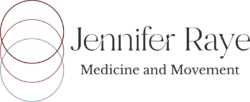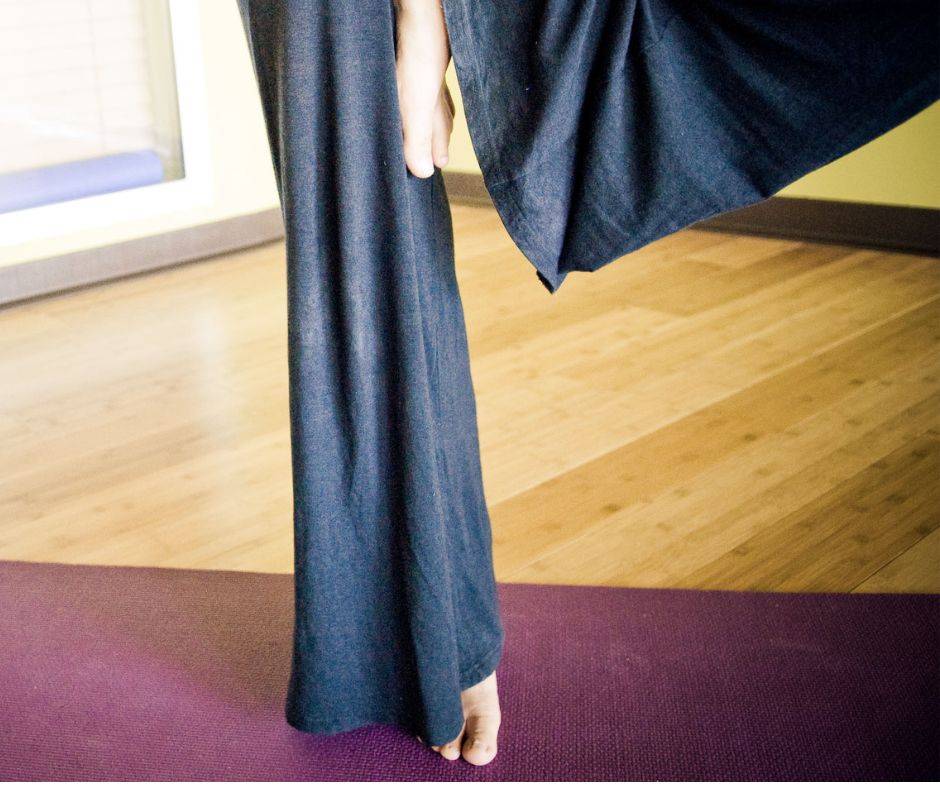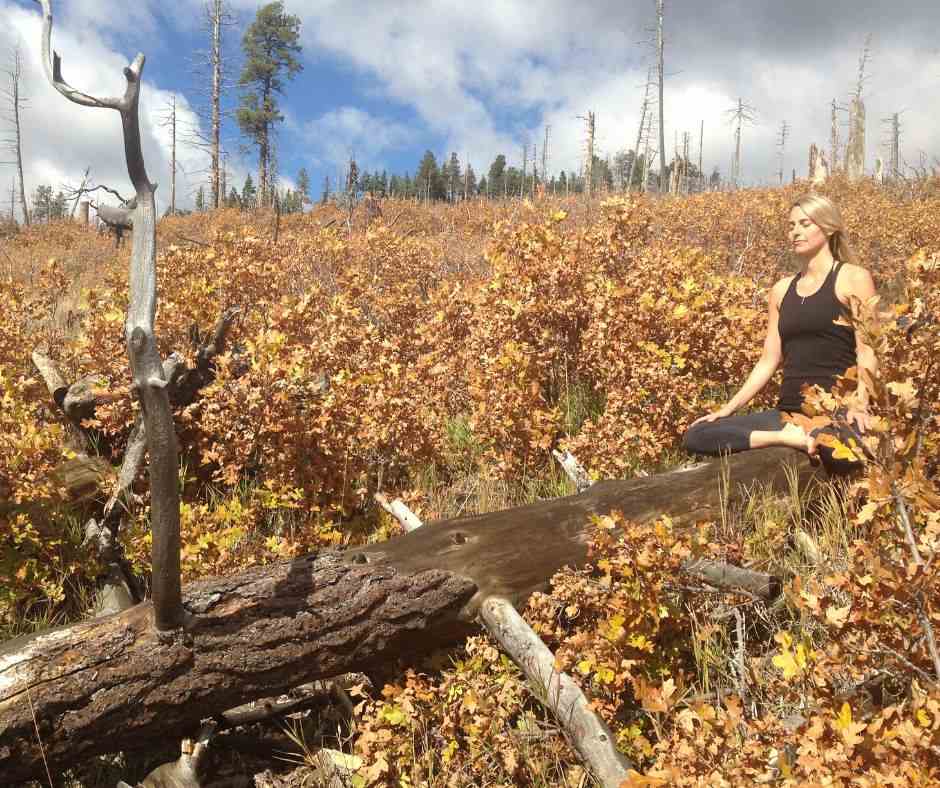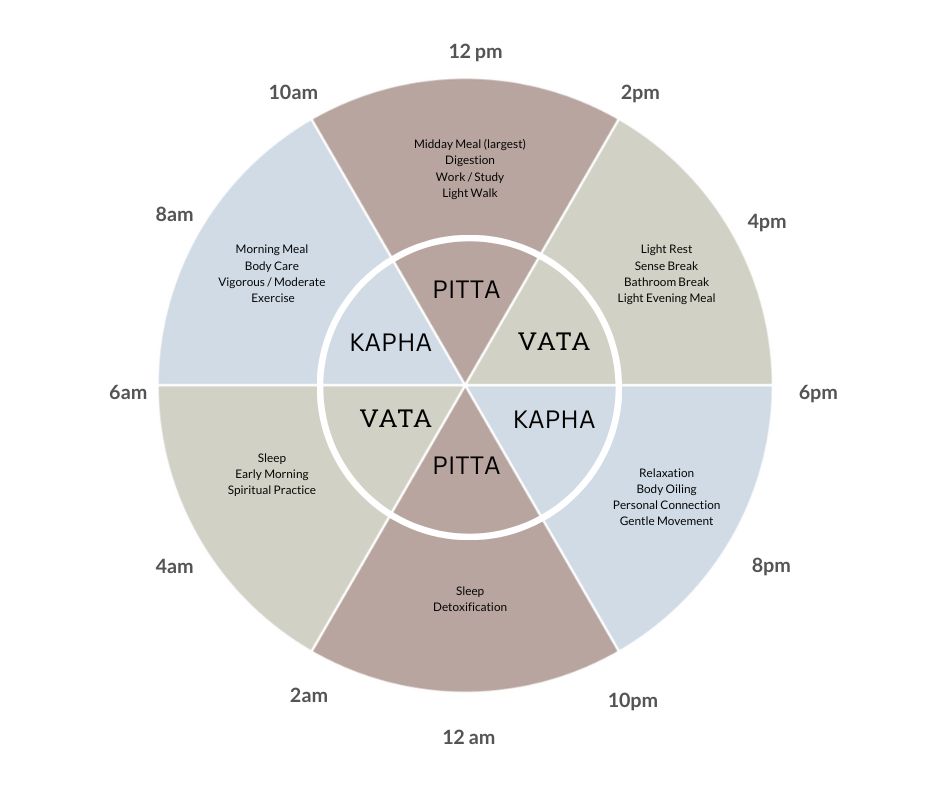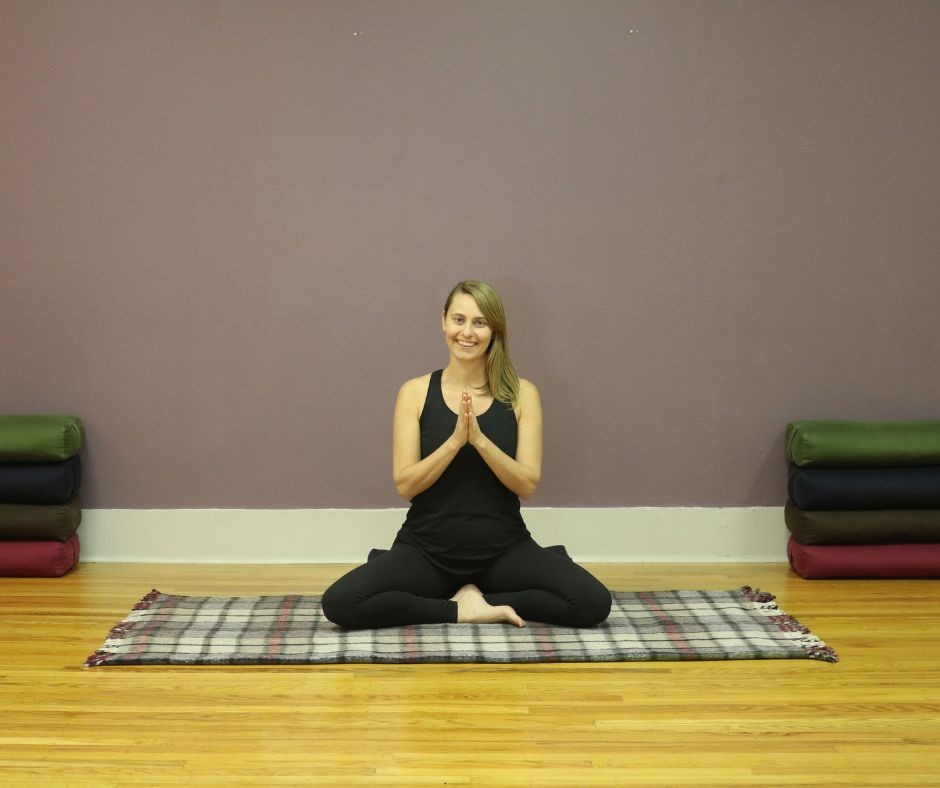Did you know that Chinese Medicine and Ayurveda (the sister science of yoga) were almost certainly influenced by one another?
Chinese Medicine and Ayurveda are two of the oldest continuously practiced and recorded medical traditions in the world. They are both a product of their individual cultures, but at their very foundation, both systems recognize that in order to find a state of health and wellbeing a person needs to create a state of balance.
There are so many ways to start using Chinese Medicine in your yoga practice or yoga teaching. Keep your practice and teaching relevant, fun, and interesting, by exploring sequencing! Whether you teach yoga or practice yoga as a student, you can customize your practice to create balance and health using Chinese Medicine.
If you want to explore the depth of what Chinese Medicine offers (on and off the mat) my course Chinese Medicine for Yoga Online will give you a really solid framework. In the course, we look at sequencing yoga classes based on Chinese Medicine, using meridians, and assessing how you or your students may be out of balance. Read below for a few ideas to get you started:
The Meridians of Chinese Medicine
One of the clearest ways Chinese Medicine and yoga are similar is that they both recognize the existence of an energetic life force. Whether you call it prana or Qi, both systems point to the existence of an energy that pervades everything, including bodily tissues.
In Chinese medicine, the meridians carry this life force through channels or meridians. Meridians can’t be seen by the naked eye but they’re thought to transmit information. They connect the organs and vital substances like blood and body fluids. Meridians run through skin, muscles, vessels, organs and even bone. They vary in size and importance.
Through movement, the meridians are compressed, squeezed, opened, or lengthened. This awakens the meridians and frees energy to circulate. With this in mind, one can see how different yoga postures will affect different meridians. Check out theses posts for more information on the meridians:
Acupressure Points
In both Chinese Medicine and Ayurveda/yoga there are points located along the meridians. In Ayurveda, these are called marma points and in Chinese Medicine they’re called acupressure or acupoints.
The same movements that affect the meridians also affect acupressure points. Through stretching, and putting pressure on muscles, and nerve pathways one can access acupressure points during yoga. Another way to use the acupressure points is to simply press them before, during, or after yoga practice.
The 5 Elements and Seasons
The five elements in Chinese Medicine are used to describe cycles, dynamic qualities, or patterns. They also relate to the seasons. The water element relates to winter, the wood element to spring, the fire element to summer, the earth element to late summer, and the metal element to the season of fall. Learn about the seasons and how they relate to the five elements with my videos and posts about winter, spring, summer, late summer, and fall.
One way is to practice a sequence of poses that targets a specific element or season. For example, if it’s summertime and you tend toward heat in your body, you may want to choose practices that cool the fire element. So a slower practice focused on the water element, standing poses that emphasize stability, and readings and contemplations about water could be very nourishing. Another example is using a fire element practice if you’re feeling sluggish, or depressed. In this case, you may want to practice heating pranayama, or sun salutations to stoke the fire in your body.
Learn about the 5 Elements here.
There are many ways to use the five elements in your yoga practice. We cover more options in my course Chinese Medicine for Yoga.
Body Types // Imbalance // Constitution
Within Chinese Medicine “the eight principles” are used to determine where one is out of balance. Through the eight principles, you can decide whether you want to create more yin or yang, whether you want to move excess or build up deficiency, and whether you want to cool the body down and clear heat, or heat the body up and clear cold. We go into more detail in my course Chinese Medicine for Yoga. In that course I’ll walk you though how to create classes based on where you’re out of balance.
Let’s look at a few examples. It you’ve been feeling irritable, you get headaches on the side of your skull, and your periods tend to have pain and clotted blood, your Liver and Gallbladder system could be out of balance. In that case, a sequence of poses that squeezes that area of the body, and targets the Liver and Gallbladder meridians will help to smooth the flow of Liver Qi. You could do a sequence like this one.
Another example, is doing a practice aimed at the lungs, chest, and arms if you tend toward metal element imbalances. This could be issues like long held grief, low self esteem, low immunity, and a history of asthma. In this case you could do gentle supported backbends and supported inversions. In that case, you would focus on the lung meridians.
Chinese Medicine (and yoga) provide a holistic approach to health. There are so many ways to create more balance using Chinese Medicine in your yoga practice or yoga teaching. Step on the mat, check in and see what you need!
If you’d like to learn more be sure to check out Chinese Medicine for Yoga.
